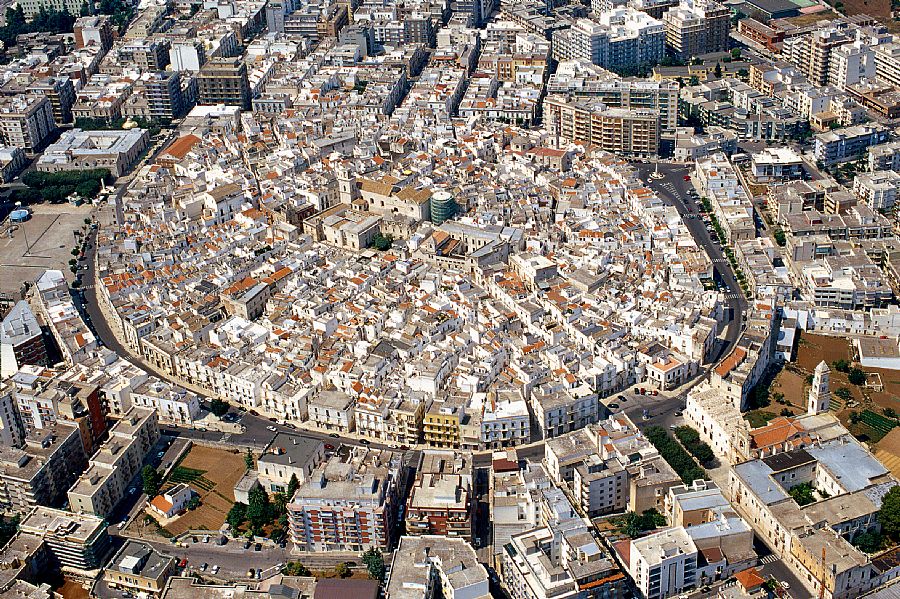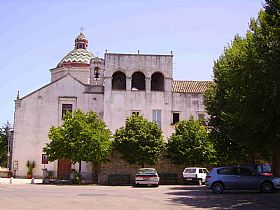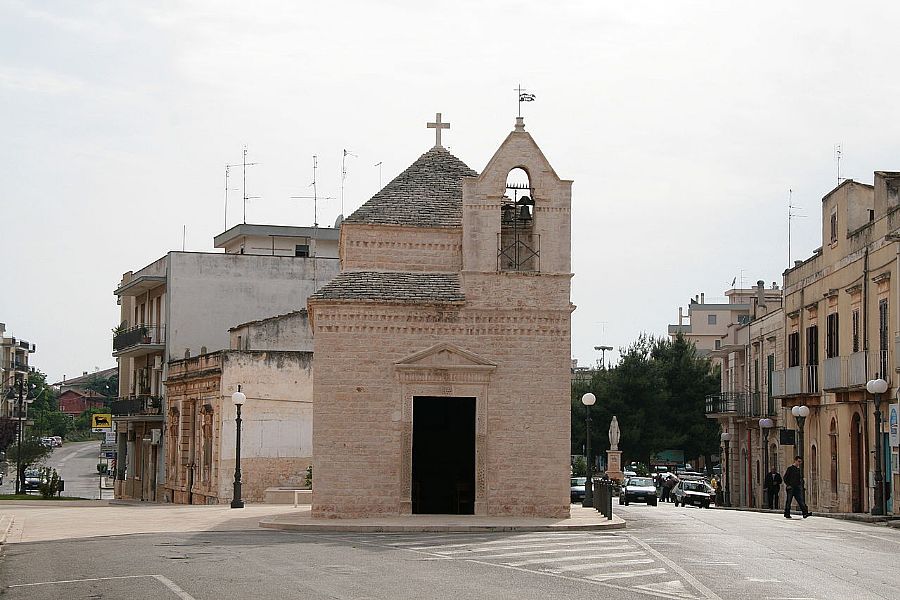Putignano

Located on the Puglia Murgia, the small city of Putignano is a white-washed historic center that dates back a few millennia. A colony of Greece in the Magna Grecia period, the name may derive from Peuceti, one of the native Apulian tribes that inhabited the area. Others theorize the name was from Putinianum, a noble artistocratic Roman name. The city is known for its elaborate and long-standing Carnevale celebrations, that some historians say may have originated during the Greek period as pagan rites in celebration of Dionysus, which would make it the oldest one in the world. As it is, the festival can be concretely traced to 1394, making it among the oldest in Italy and the longest-running, starting on December 26. The Romans took over, then in 1000 AD Benedictine monks from Monopoli established an influential monastery and presence here. Families moved in and agriculture blossomed. Frederick II ruled the entire land and especially loved Puglia. In 1317 it become a holding of the Knights of Jerusalem, an order of the Templars, where it was deemed a baliaggio, a type of feudal jurisdiction, headed by a Bali', a high ranking authority in the order. The Carafa dynasty held it for a long time, enriching the town with encircling walls studded by 14 round towers and 12 squared ones, surrounded by a moat.
The town has a circular centro storico, with a few of the original gateways still intact. There are more than a dozen historic churches, along with dozens of palaces and interesting houses, detailed with carvings, crests, and iron balconies, along with ornate portals. The heart of the city is the Piazza Plebiscito; look for the Sedile, iwth its clock and belfry. There is a pleasing atmosphere that echoes Greece, enriched with plenty of cafes, restaurants, bakeries and shops, a lively populace who love good celebrations, and friendly attitudes.
They also love food. Puglia cuisine is known for using excellent fresh ingredients, that southern sun ripening a cornucopia of fruits and vegetables, along with area-produced cheeses, salamis and fresh fish from the nearby Adriatic Sea. Try the tarallini, ring-like crackers, the black cauliflower, orecchiette pasta, and farinella, chickpea flour, used in a variety of ways. Puglia is one of the top wine producers in the country, so you'll not go thirsty here!
The area produces textiles and agricultural goods, along with its tourism draws of being on the Murgia, a unique geologic formation like a pocked mesa with karst caves below. At 375 meters above sea level, it is near Alberobello, Locorotondo, and Martina Franca, some of the jewels of the Valle d'Itria, as well as Monopoli and Bari on the coast. (Bari is only 40 kilometers away.) It is of course well known for its rollicking Carnevale, with elaborate floats, something to behold.
Have a look at our vacation villas in Puglia.

 Amalfi Coast
Amalfi Coast Sorrento Coast
Sorrento Coast Tuscany
Tuscany Cilento National Park
Cilento National Park Lake Como
Lake Como Rome and Latium
Rome and Latium Umbria
Umbria Capri and Ischia
Capri and Ischia Venice
Venice Puglia (Apulia)
Puglia (Apulia) Liguria
Liguria Sicily
Sicily Lake Maggiore
Lake Maggiore Lombardy
Lombardy Sardinia
Sardinia Lake Garda
Lake Garda Abruzzo and Marche
Abruzzo and Marche Calabria
Calabria

